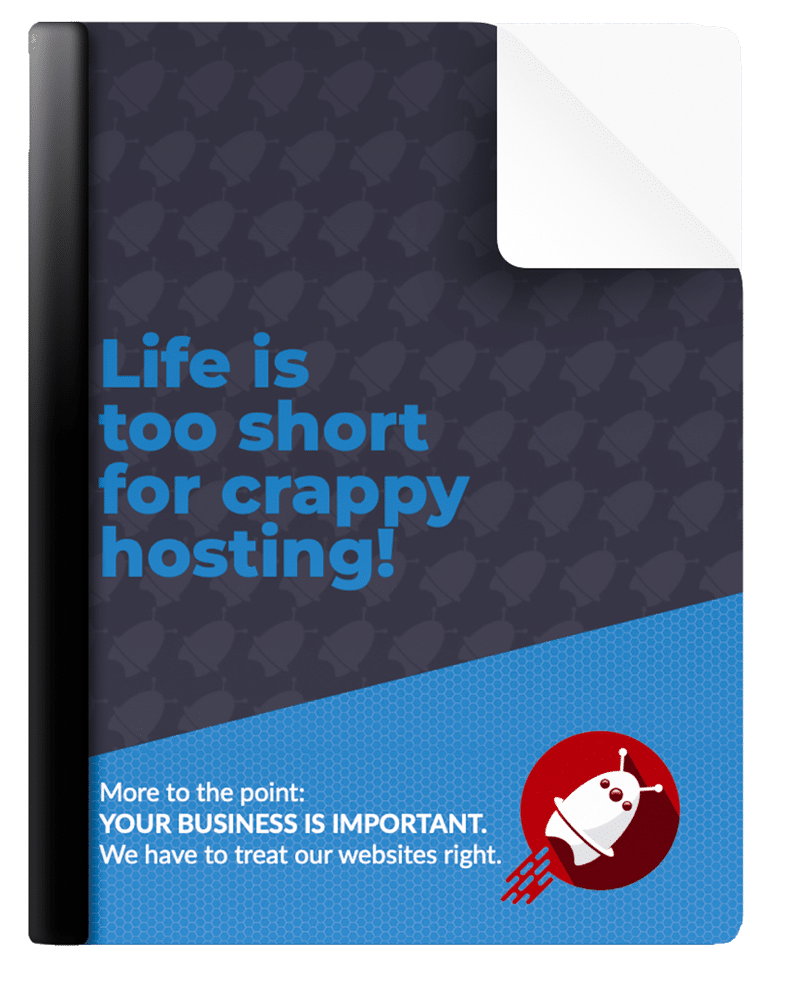
TL;DR:
Where in the buying cycle is your visitor? If your messaging isn’t landing, odds are you’re talking to the wrong people – or the right people at the wrong time. Before you change fonts, swap colors, or rewrite headlines, figure out where in the buying cycle your audience actually is. Match your message to that moment.

Chris Foley
Founder & head honcho over here at PXLPOD Web StrategyMost marketing problems don’t come from bad ideas — they come from bad timing. You’re talking to the right people, just at the wrong moment. They’re not ready, or they’re already past the point you’re selling to, and the whole thing falls flat.
I’ve seen it a hundred times. The copy’s good, the design’s sharp, the offer’s strong… but the message is out of sync with where the buyer actually is. Once you fix that, the whole system clicks. Conversations get easier, conversions get higher, and your marketing finally starts to feel like a dialogue instead of a broadcast.
This post is about finding that rhythm — learning to speak to the right person, at the right time, in a voice that actually sounds like you.
Start With the Real Question
Whenever someone brings me a site that isn’t converting, I ask the same thing: Where in the buying cycle are you reaching people? That one question determines everything about your brand story, your offer, and your conversion rate. If you don’t know where your buyer is in their journey, you’ll never connect with them in a way that builds long term relationships.
Early-Stage Buyers: You’re Still Selling the “Why”
If you have to make the case for the entire category, you’re at the beginning of the cycle. That means your prospect doesn’t yet understand why what you do even matters. I try to weed those people out right away. If you don’t know why you need my services you don’t know that you do need my services. That’s gonna be a slog for all involved. No sale. No thank you.
Maybe you help people become better speakers, or you train managers to lead better teams, or you build smarter websites. Whatever it is, if your audience still needs to understand the problem, you’re not selling yet, you’re teaching. There ain’t nothing wrong with teaching but if you’re in the hamburger business you want to spend most of your time selling burgers, not teaching.
Late-Stage Buyers: They Already Know the Pain
On the other hand, if they show up saying, “I’ve looked at a lot of providers. I came to you because…” they’re already in the decision stage. They don’t need the 101 lesson on why your category exists. They’re evaluating who can deliver the most trustworthy, high-value solution. Their problem is finding a partner to trust.
Matching the Message to the Moment
Your site and your messaging need to meet them where they are.
Early stage: explain why the work matters.
Mid stage: explain how you do it differently.
Late stage: show why you’re the safest, smartest choice.
If most of your leads come through referrals, podcasts, or search, they’re probably mid-to late-cycle buyers. That means your website, your emails, your social content, all of it, should sound like a trusted professional they’ve been referred to, not a newbie explaining the basics.
Instead of “Here’s why communication is important,” try something like: “You want to communicate with more clarity and confidence. That’s why you’re here. I’ve built a framework that helps leaders and teams do exactly that.” That’s concise, confident, and tuned to their readiness. You’re responding to their mindset, not forcing them through a funnel they don’t belong in. And don’t even get me started on the tyranny of the long-ass squeeze page nobody asked for.
Stop Calling Yourself Small
Here’s another trap: your title is part of your positioning. If you call yourself a “consultant,” “freelancer,” or “coach,” people will mentally stick you in the gig-economy bucket.
But if what you really do is build systems, architect strategies, or reshape entire organizations, call yourself that. You’re not a “coach.” You’re a strategist.
I went through this same shift at PXLPOD. People would say, “Oh, you’re a web designer.” And I’d have to say, “No, we’re web strategists. Design happens in our factory; strategy happens in the war room.”
That one word changed the kind of clients we attracted and the kind of budgets that came with them. So ask yourself: Is your title shrinking you? If so, change it.
Define Who It’s For
Once you’ve nailed who you are, define who it’s for. And I don’t mean a one-line demographic. I mean actually naming the types of people who get the most out of your work. Maybe it’s entrepreneurs, executives, teams, agencies, nonprofits. Each group has different goals and different buying triggers. When you’re clear about who your work serves, you can speak their language.
- Executives care about outcomes.
- Creatives care about expression.
- Teams care about workflow and culture.
When you know which you’re talking to, your copy stops sounding generic.
The Core Story Behind Your Brand
Every brand needs a backbone, a single narrative that connects all the pieces. I call it your “Brand STEM.” TED has the “core idea.” It’s sort of like that but it’s more like what the French call your raison d’être. This isn’t your mission statement, per se. It’s more like the through-line that makes every service, product, or campaign part of one coherent whole.
Whatever it is, every headline, every CTA (Call to Action), every social post should echo that idea. Without that brand stem, your marketing feels like a pile of parts. With it, even your smallest offers start to feel like chapters in a bigger book.
Keep Your Messaging Tight
Your homepage shouldn’t be a novel. It’s not War and Peace. It’s more like an elevator pitch that scrolls.
Up top: establish identity and value.
In the middle: explain who it’s for and what they get.
Down below: show proof and invite action.
People should be able to land on your site and understand within seconds:
• Who you are
• Who you work for
• Why it matters
• What to do next
If you can do that in the first screen and a half, you’re golden.
Build Downstream, Not Upstream
Stop designing your homepage for yourself. And for the love of God, stop trying to impress your competitors.
Design for the buyer’s moment. If your average client comes in warm, already aware, already comparing options, don’t waste real estate on education. Lead with credibility.
If they come in cold, start with clarity and proof. Think of your homepage as a fork in the road, not a destination. Each path (awareness, consideration, decision) should have its own door.
The goal isn’t to explain everything, it’s to guide them to the next right click. The goal is to make the phone ring.
Simplify Everything
Marketers love complexity. Buyers don’t. You don’t need a labyrinth of nested menus, ten-page funnels, and fifteen scrolls of backstory. What works now are concise sections, clean CTAs, and direct language. No filler. No jargon. Be the brand that respects people’s time.
The Takeaways
Know your buyer’s stage. Don’t sell jet fuel to bicyclists.
• Own your identity. You’re a strategist, not a generic provider.
• Speak to the right audience. Define who it’s for and talk their language.
• Tie everything to your Brand Stem. Consistency beats creativity.
• Write for humans. SEO and AI will follow. (I may change my mind on this as LLM indexing evolves.)
• Lead strong, scroll soft. Win the first ten seconds, then earn the rest.
When you speak to the right person, at the right moment, in words they actually use, the whole system starts working.
Cheers,
Chris
How's your website doing?
Owning a business in the 21st century is perilous enough. You’d be shocked to learn just how many of your problems can be solved simply by moving to reliable, high-quality hosting!
Get the free eBook and learn the five points to consider when evaluating a migration.


